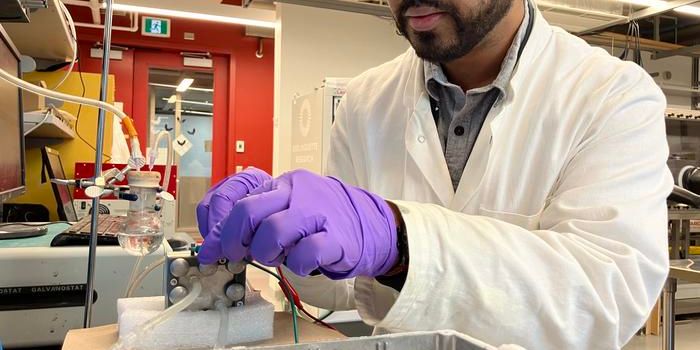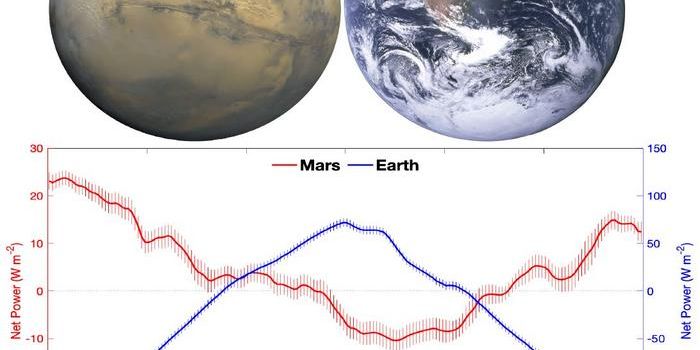New "Quantum Battery" Makes Charging an Electric Vehicle as Quick as Pumping Gas
The adoption of electric vehicles (EVs) has skyrocketed in recent years. In fact, the EV market is expected to continue growing nearly 25% in the next 7 years, signaling a significant shift towards EVs versus traditional vehicles. And there is likely a good reason for this: EVs may offer a more environmentally friendly way of getting around. Though charging EVs can create emissions through the production of electricity, the net production of greenhouse gasses between charging and operating an EV appears to be positive.
A major hurdle facing EVs, however, are charging times. Charging usually takes hours to complete at home. And when you’re on the road, the challenge is different. While there is an increasing number of superchargers available to charge an EV, it can still take just under an hour to fully charge the vehicle. While that’s better than home charging, it’s still cumbersome when we’re all used to spending only a few minutes putting gas in a car.
In a recent paper published in Physical Review Letters, researchers describe efforts to use “quantum batteries” as a way to improve charging time for EVs.
Specifically, researchers drew on previously developed theories outlining how a quantum battery would work. The theory includes the idea of entanglement to allow for quicker battery charging by charging all batteries simultaneously.
Entanglement is a tricky idea, though one central to quantum physics. In a sense, it refers to the interconnectedness of objects or particles; when describing the quantum state of more than two objects (even if they occupy different locations), they must be described in relation to one another. The result of this phenomenon is the ability to draw correlations between objects.
Currently, a traditional battery charges its cells independently of one another. The idea driving a quantum battery is based on a global operations concept, where all cells in a battery are communicating with each other, all the time. Such an approach offers substantial benefits over a traditional batter.
For example, the speed of charging a traditional battery cell is a linear function compared to the number of available cells. Conversely, a quantum battery where all cells communicate with one another suggests a more parabolic charging speed, cutting the time to charge both at home and in charging stations to a fraction of the time in traditional batteries.
Sources: Science Daily; Physical Review Letters








